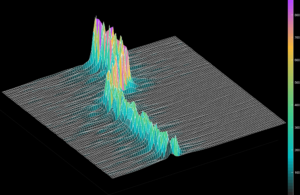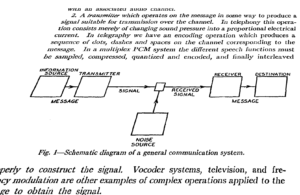Energie
La France développe une stratégie de recherche et d’innovation pour développer les technologies de l’information dans le domaine des réseaux électriques intelligents (ou Smart Grids), domaine interdisciplinaire par excellence. Les applications incluent les systèmes de production d’électricité (par exemple à partir de sources d’énergie renouvelables), les grands réseaux de transport d’électricité interconnectés, les réseaux de […]
En savoir plus
Santé et vivant
La « révolution des données » impacte tous les domaines du vivant et offre un terrain d’application où la statistique, le traitement d’image, l’automatique et la protection des données trouvent tout leur sens. L’axe transverse Santé et Vivant vise à ainsi promouvoir les actions existantes et à encourager les nouvelles collaborations interdisciplinaires dans le domaine […]
En savoir plus
Industrie du futur
L’industrie du futur, dans le prolongement de la quatrième révolution industrielle en cours, se fonde sur l’accroissement de la vitesse de traitement de l’information et des capacités de mémoire, sur le développement des réseaux de communication, sur l’élaboration d’outils d’ingénierie numérique performants en termes de modélisation et de simulation, et sur la mise en œuvre […]
En savoir plus













































